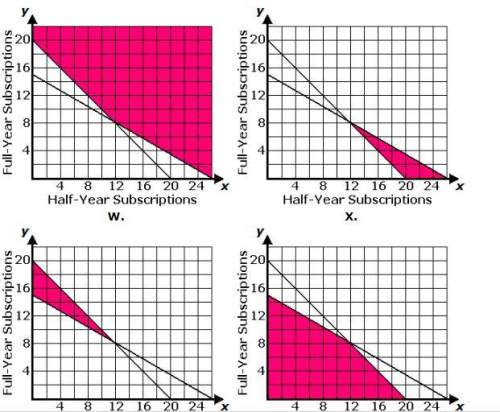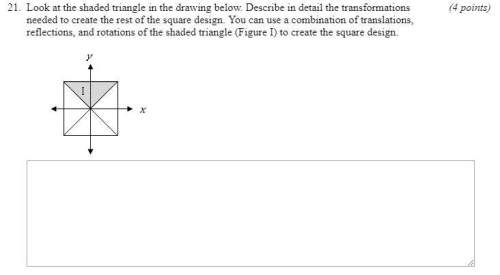
Mathematics, 20.03.2020 18:04 brooklyn4932
The amount of carbon-14 remaining in an organism, A, is equal to the product of the initial amount of carbon-14 in the organism, A0, and one-half to the power of n, where n is the number of half-lives the organism has experienced. If a frog initially contained 32 grams of carbon-14 and the half-life of carbon-14 is 5,730 years, how much carbon-14 remains in the frog after 17,190 years? A. 64 grams B. 8 grams C. 4 grams D. 16 grams

Answers: 2


Other questions on the subject: Mathematics

Mathematics, 21.06.2019 17:50, beard6488
Adriana sold 50 shares of a company’s stock through a broker. the price per share on that day was $22.98. the broker charged her a 0.75% commission. what was adriana’s real return after deducting the broker’s commission? a. $8.62 b. $229.80 c. $1,140.38 d. $1,149.00
Answers: 1


You know the right answer?
The amount of carbon-14 remaining in an organism, A, is equal to the product of the initial amount o...
Questions in other subjects:

English, 14.12.2020 02:30



Mathematics, 14.12.2020 02:30


Computers and Technology, 14.12.2020 02:30

Biology, 14.12.2020 02:30

Mathematics, 14.12.2020 02:30






